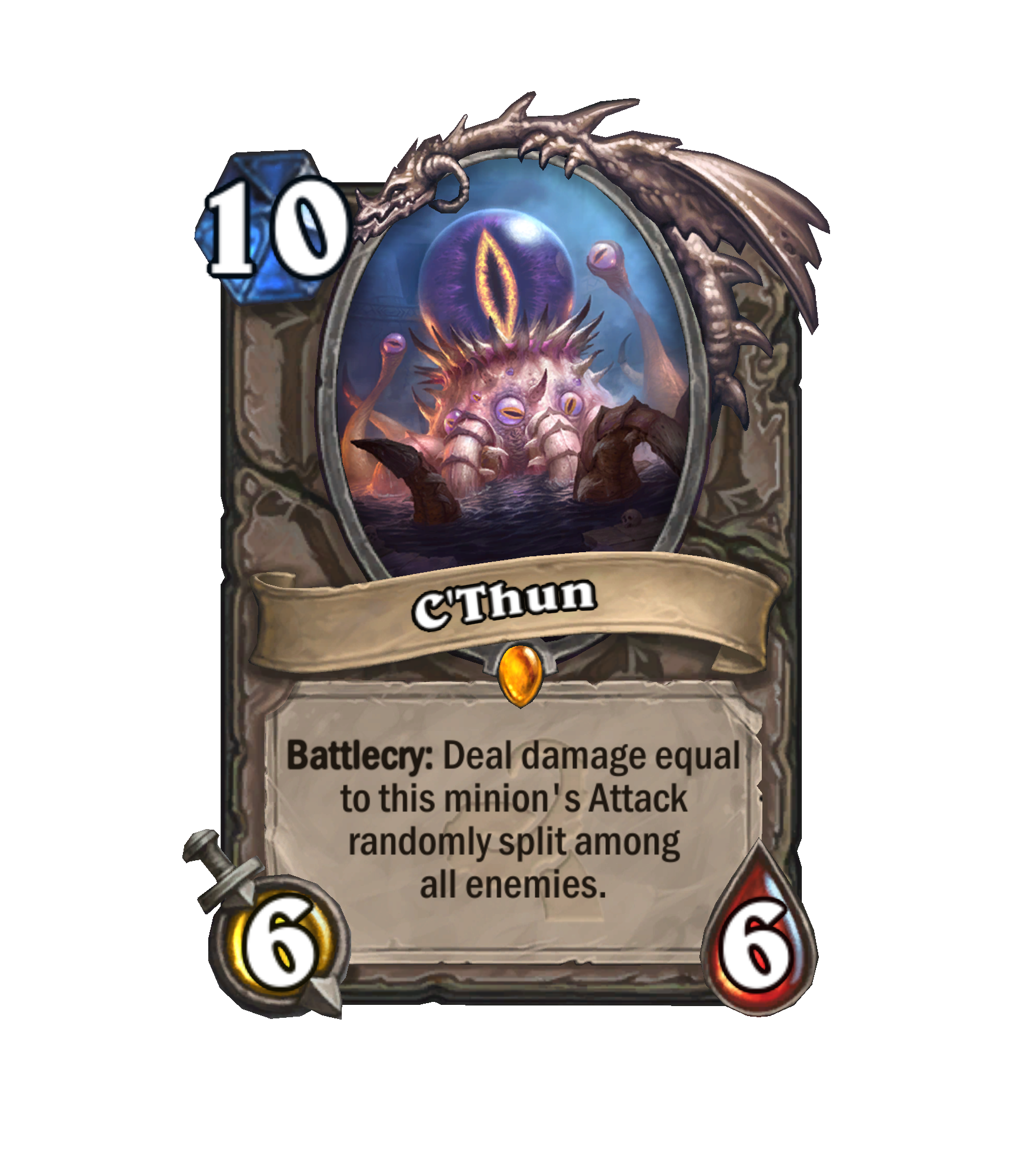I’ve never been happy to hear a sheep’s bleat as I was while playing the demo for Hearthstone: Heroes of Warcraft’s upcoming expansion, Whispers of the Old Gods.
Blizzard Entertainment announced the new 134-card, Lovecraft-themed release today. The publisher invited a mix of journalists, community members, and professional players to see a small slice of the new expansion and talk to Hearthstone designers about introducing these malevolent monstrosities. And we played two decks built around six of the cards that it showed to us — one mage, one druid.

Unlock premium content and VIP community perks with GB M A X!
Join now to enjoy our free and premium membership perks.
![]()

![]()